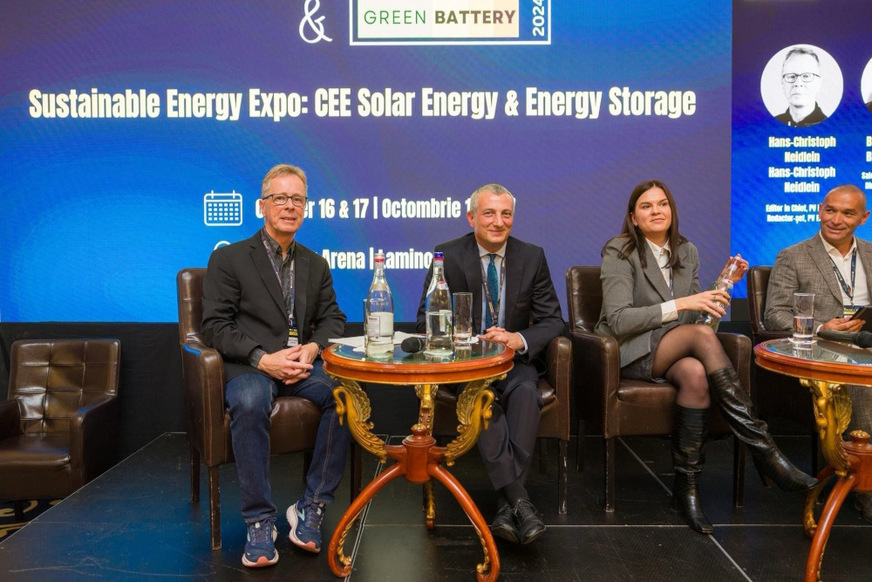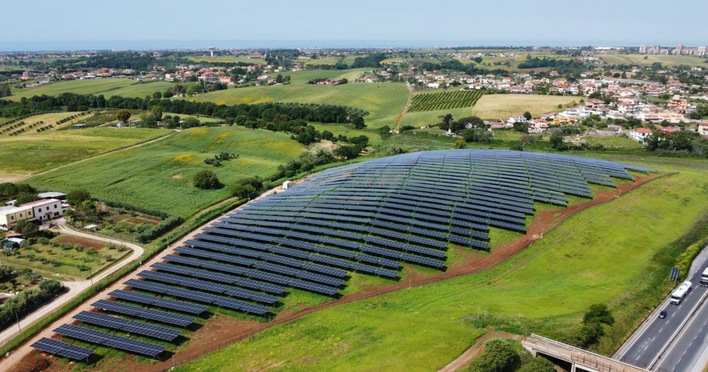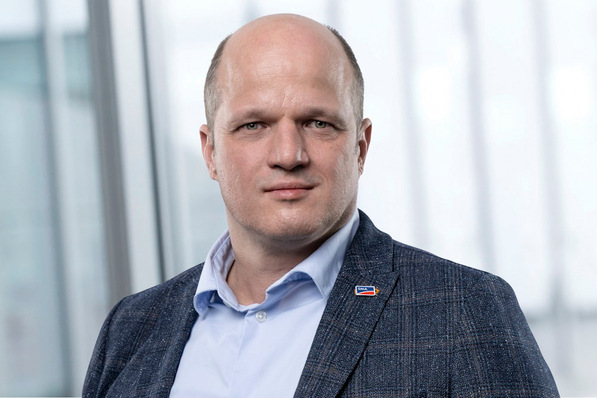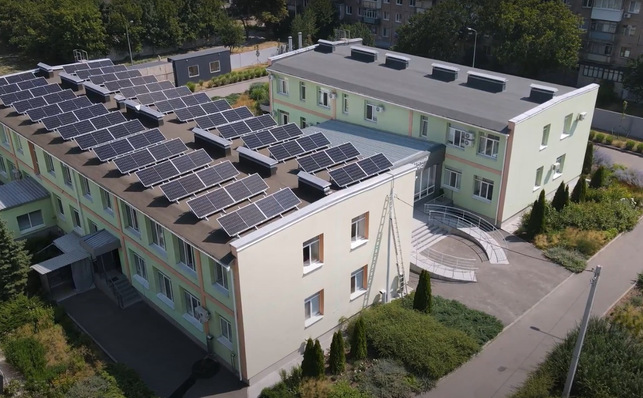One of the fastest growing photovoltaic markets in Europe is currently Romania. In 2023, systems with a capacity of around 1 gigawatt (GW) were installed, an increase of over 300 percent compared to the previous year. At the end of 2023, solar power systems with a capacity of almost 3 GW had been installed in Romania. This figure is expected to double by the end of 2025.
According to the National Institute of Statistics, energy production from PV systems rose by more than 60 percent to 2.57 billion kilowatt hours between January and August of this year alone. High levels of solar radiation, falling costs, various incentive programs and the desire for greater energy independence and climate protection are driving the expansion of photovoltaics in the EU country.
Already over 200,000 prosumers in Romania
The Romanian Photovoltaic Industry Association (RPIA) currently has over 60 companies as members, including German project planners such as BayWa r.e., as Policy Officer Irene Mihai reported. More than 200,000 prosumers in Romania generate some of their own electricity using solar power and are increasingly using battery storage.
Also see: Central and Eastern Europe increasingly in the solar gigawatt class
PV systems on commercial buildings and solar parks are also on the rise. In the second week of October alone, the energy regulatory authority ANRE approved licenses for the commercial use of solar park power generation capacities with a total output of 62 megawatts (MW).
Expansion of PV production must be flanked
However, the rapid expansion of photovoltaics and wind power is creating a number of challenges, as is also the case in other regions. “Grid capacity and grid connections are one of the biggest hurdles for the further expansion of photovoltaics, not only in Romania,” says Mihai.
Also see: Market moves up and down, generally with good prospect
This must be accompanied by the expansion of battery storage, demand-side management (load control), the promotion of energy communities, power purchase agreements (PPAs) and the reduction of bureaucracy, as other industry representatives emphasized at the CISOLAR & GREENBATTERY 2024 conference (October 15-17, 2024) in the Romanian capital.

Keno Energy
Among other things, regulations for the implementation of PPAs and large PV battery projects, as well as a reform of the double grid fee for storage projects and fewer bureaucratic hurdles for energy communities (as actually provided for by EU law) are urgently needed, it was stated at the three-day event.
Moldova relies on resilience and renewables
Carolina Novac, Secretary of State in the Moldovan Ministry of Energy, made similar comments. From 2023, the small country will be completely independent of Russian gas supplies for the first time. By 2025, Moldova will also no longer be dependent on electricity supplies from a major power plant in the pro-Russian separatist region of Transnistria. The expansion of the country's own renewable energy supply, the expansion of the energy infrastructure and the increase in energy efficiency played an important role in this, Novac emphasized.
Subcribe to the pv Europe newsletter now
According to the National Energy and Climate Plan (NECP), greenhouse gas emissions are to be reduced by 68.6 percent by 2030, while the share of renewable energies in total energy consumption is to be increased to 27 percent and in the electricity mix to 30 percent. Primary energy consumption is to be limited to under 3,000 kilotons of oil equivalent (ktoe) and final energy consumption to under 2,800 ktoe. The potential of wind energy for electricity generation from renewable energies is estimated at around 20.8 GW, with photovoltaics at 4.7 GW, plus 840 MW of hydropower and 850 MW of biomass. In 2023, wind turbines with 132.7 MW and photovoltaic systems with 76.9 MW will be installed.
Focus on an integrated approach
“We are taking an integrated approach to expanding the renewable energy supply,” emphasized Novac. This includes, on the one hand, the recently launched first tender for wind and solar projects, coupled with 15-year PPAs and CFDs (Contracts for Differences), and, on the other hand, the promotion of storage projects, energy communities and active energy consumers, biogas and energy generation from waste for dark and cloudy periods and peak times, as well as the expansion of the electricity grid.
Also see: EBRD supports renewables in Romania and Moldova
An important role is played by the expansion of the grid connection with Romania and thus with the EU. These plans are also influenced by the country's increased European orientation, which a narrow majority of voters in an EU referendum on October 20 voted in favor of, as it stands now. (hcn)








